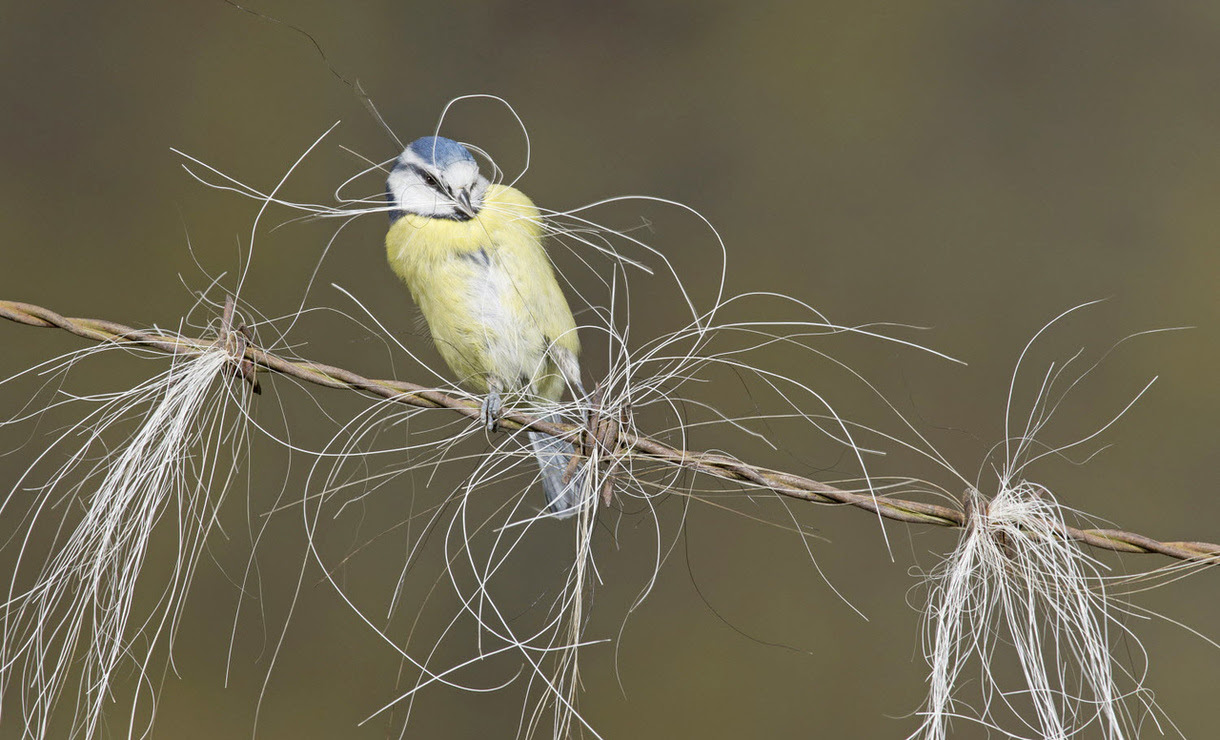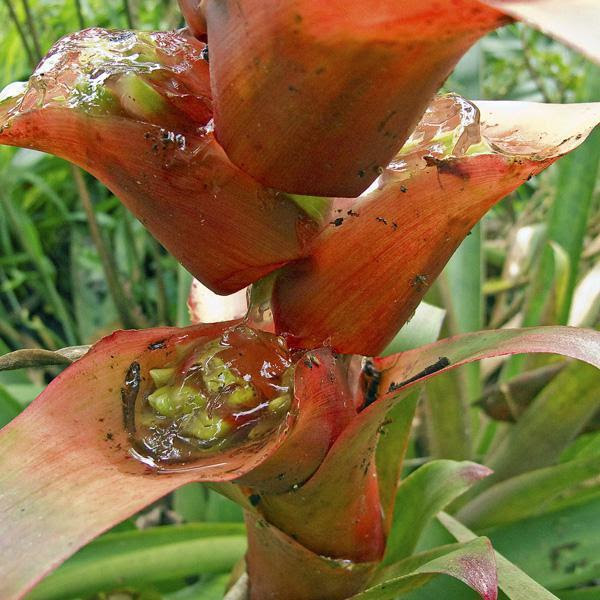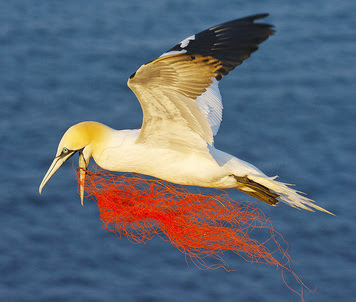Photography and copy by Suzi Eszterhas

Minden Pictures represents top wildlife and nature photographers, including many National Geographic freelancers. Minden Pictures has partnered with SmartFrame Technology to release a collection of over 140,000 fully licensed images as photo embeds that can be freely posted to blogs and websites and shared on social media. The following blog posts show Photo Embeds in action.
Big Picture: Polar Bear Emergence
Big Picture: Nesting Season
|
This weeks Big Picture: Slimy Nature
|
|
|
|
|
|
Big Picture: Keeping Up with Warmer Weather
| |||||||||||||||||||||||||||||||
|
Big Picture: Oregon Views - photos by Tim Fitzharris
|
|
9565 Soquel Drive, Suite 202 Aptos, CA 95003 USA p: 831.661.5551 f: 831.661.5497 info@mindenpictures.com |
Galah (Eolophus roseicapilla) female and male, Cape York Peninsula, Australia
Galahs are monogamous, they will stay with the same breeding partner for life.
Very commonly in Australian English galah is used to refer to a fool or idiot. This figurative sense is recorded from the 1930s, and derives from the perceived stupidity of the bird. The following quotations give an indication of how the term is used:
1951 E. Lambert Twenty Thousand Thieves: 'Yair, and I got better ideas than some of the galahs that give us our orders'.
1960 R.S. Porteous Cattleman: 'The bloke on the other end of the line is only some useless galah tryin' to sell a new brand of dip'.
1971 J. O'Grady Aussie Etiket: 'You would be the greatest bloody galah this side of the rabbit-proof fence'.
Via: Meanings and origins of Australian words and idioms
Big Picture: Our Plastic Problem































